Cutting and maintenance calories are vital concepts for managing your weight and fitness goals. Maintenance calories represent the amount you need to eat daily to maintain your current weight, while cutting calories involve consuming less than your maintenance level to lose weight. Your specific calorie needs depend on factors like age, gender, height, weight, and activity level. Cutting calories creates a deficit, prompting your body to use stored fat for energy. However, it's important to cut gradually to preserve muscle mass. Understanding these concepts helps you tailor your diet effectively. Mastering the balance between cutting and maintenance can have a significant impact on your fitness journey.
Core Insight
- Cutting calories involves consuming fewer calories than your body needs, often for weight loss purposes.
- Maintenance calories are the number of calories required to maintain your current weight.
- Cutting calories creates a caloric deficit, while maintenance calories keep weight stable.
- Cutting calories should be done gradually to avoid muscle loss and negative health effects.
- Knowing your maintenance calorie level is crucial for achieving fitness goals like fat loss or muscle gain.
Understanding Calorie Basics

Calories power your body, like fuel powers an engine. They come from the food and drinks you consume. Your body needs calories for essential functions like breathing and keeping your organs healthy. It also uses them for daily activities, from walking to intense workouts. When thinking about calorie intake, some people may look into appetite suppressant supplements to help control their food consumption and support weight loss goals. But it's important to talk to a doctor before starting any new supplement.
The number of calories you need depends on things like your age, gender, height, weight, and how active you are. If you eat more calories than your body burns, you'll gain weight. If you eat fewer calories than you burn, you'll lose weight.
Not all calories are the same. The source of your calories matters. Nutrient-dense foods give you important vitamins and minerals along with calories. Empty calories from sugary or processed foods don't offer much nutritional value.
Defining Cutting Calories
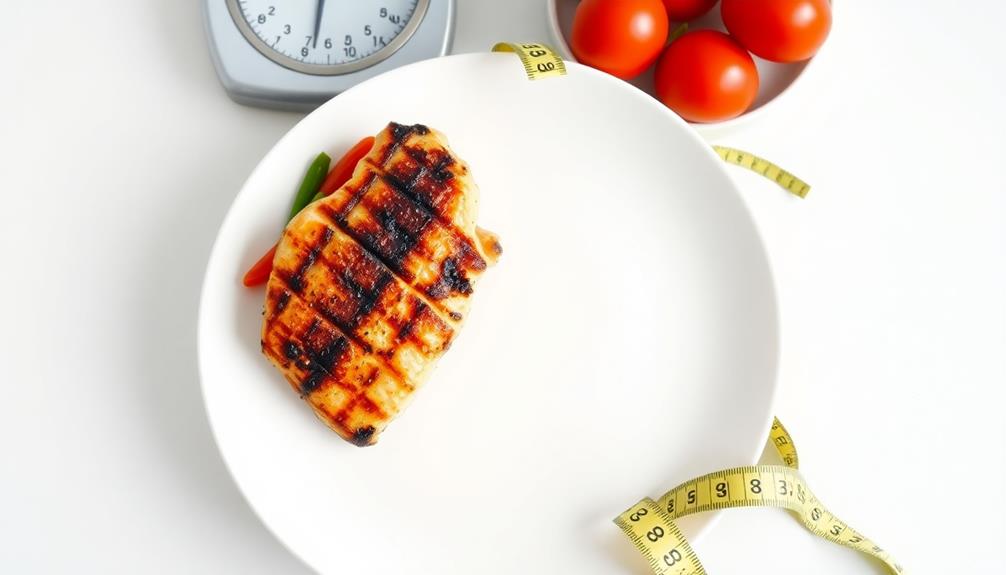
Cutting calories means eating less than your body needs each day to lose weight. It's a common way people try to lose extra fat or get in better shape. When you cut calories, your body has to use stored fat for energy since you're not eating enough. How much weight you lose depends on how many calories you cut.
It's important to remember that cutting calories doesn't mean eating way less than normal. You should aim to eat a little less than usual so you lose weight slowly and don't lose muscle. Most experts suggest eating about 15-20% less than your body needs for the day.
Maintenance Calories Explained

Maintenance calories are the number of calories your body needs to keep your weight the same. If you eat this amount, you won't gain or lose weight. The number of calories you need depends on:
- How old you are
- If you're a man or woman
- How much you weigh and how tall you are
- How active you are
- How much muscle and fat you have
Knowing your maintenance calories is important for reaching your fitness goals. It gives you a starting point for gaining muscle or losing fat.
You can find your maintenance calories by using an online calculator or writing down what you eat and checking your weight. If your weight stays the same while eating the same amount, you know your maintenance calories.
Once you know this number, you can change how much you eat to gain muscle or lose fat. Eat a little more than your maintenance calories to gain weight or a little less to lose weight.
Calculating Your Caloric Needs
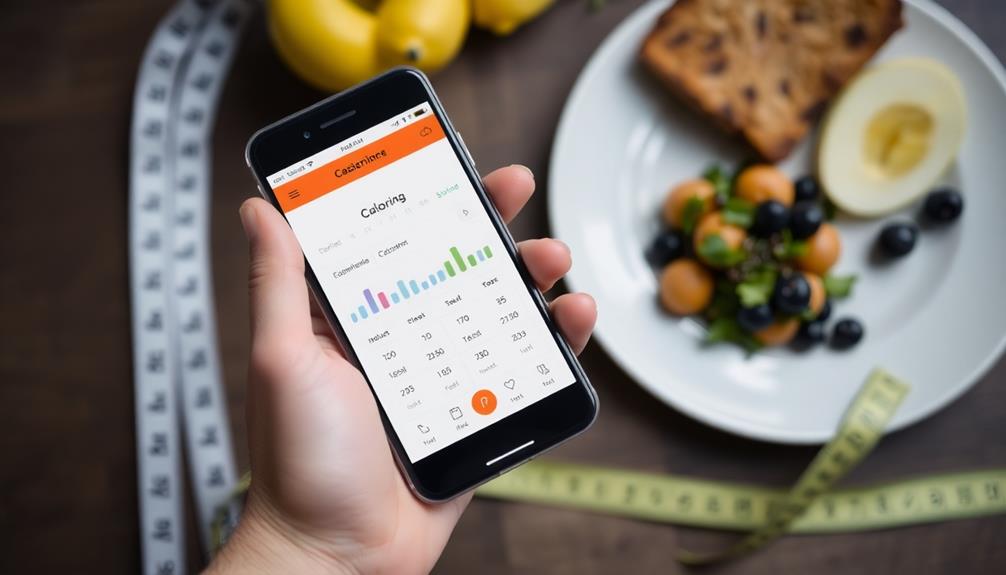
Figuring out how many calories you need each day is key for reaching your fitness goals. To do this, you'll calculate your Total Daily Energy Expenditure (TDEE). Your TDEE includes calories burned at rest (BMR) plus calories used during activity.
First, use the Harris-Benedict equation to find your BMR based on age, gender, height, and weight. Then multiply your BMR by an activity factor:
1.2 if you do little to no exercise
1.375 for light activity (1-3 days/week)
1.55 for moderate activity (3-5 days/week)
1.725 for high activity (6-7 days/week)
1.9 for very high activity (intense daily exercise or physical job)
The result is your TDEE – the daily calories to maintain your weight. Eat fewer calories than your TDEE to lose weight, or more to gain weight. Getting your TDEE right is critical for effective muscle building or fat loss.
Benefits of Cutting Calories

Cutting calories can help you reach your fitness goals in many ways. When you eat less, your body has to use stored fat for energy. This helps you lose weight and look better. Some people use fat burners without stimulants to control hunger and burn more fat. These supplements don't make you feel jittery like stimulants can.
Eating fewer calories can help you:
- Lose more fat
- Improve how your body uses insulin
- Boost your metabolism
- Think more clearly and focus better
As your body gets better at using stored fat, you'll likely have more energy. Cutting calories can also help reset hormones that control hunger, making it easier to keep eating healthy in the future. It's important to cut calories slowly and make sure you're still getting the nutrients you need. Talk to a doctor before making big changes to your diet.
When to Maintain Calories
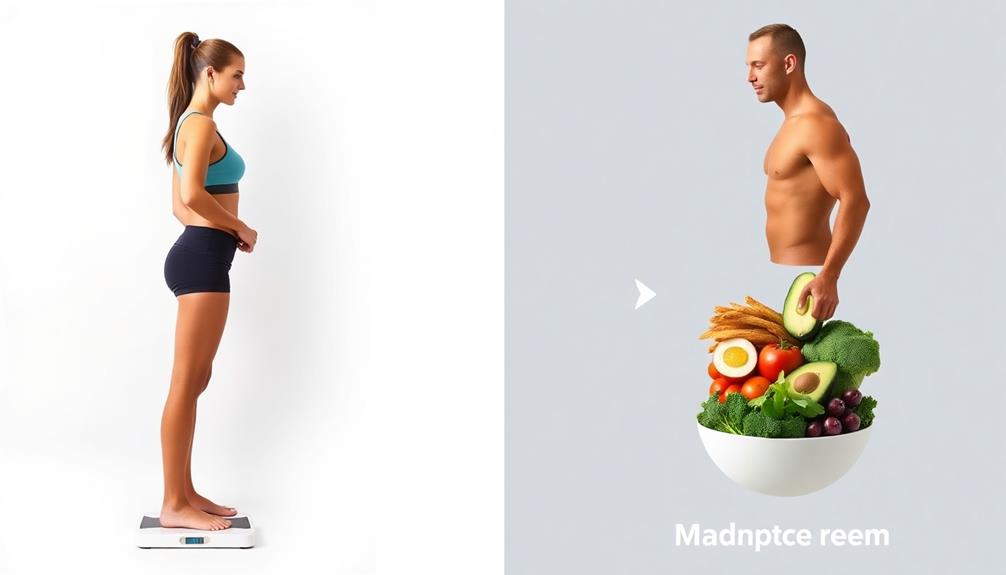
After you've reached your target weight, it's time to focus on maintaining it. You should switch to maintenance calories when:
- You hit your goal weight
- Your body fat is at a healthy level
- You're happy with how you look
- You want to keep your weight stable
Maintenance calories let you focus on improving your body composition, strength, and overall fitness without gaining fat. You'll eat enough to support your activity and muscle mass. If you want to build lean muscle while staying at the same weight, adding lean mass gainers to your diet can help.
Macronutrient Balance for Each Approach
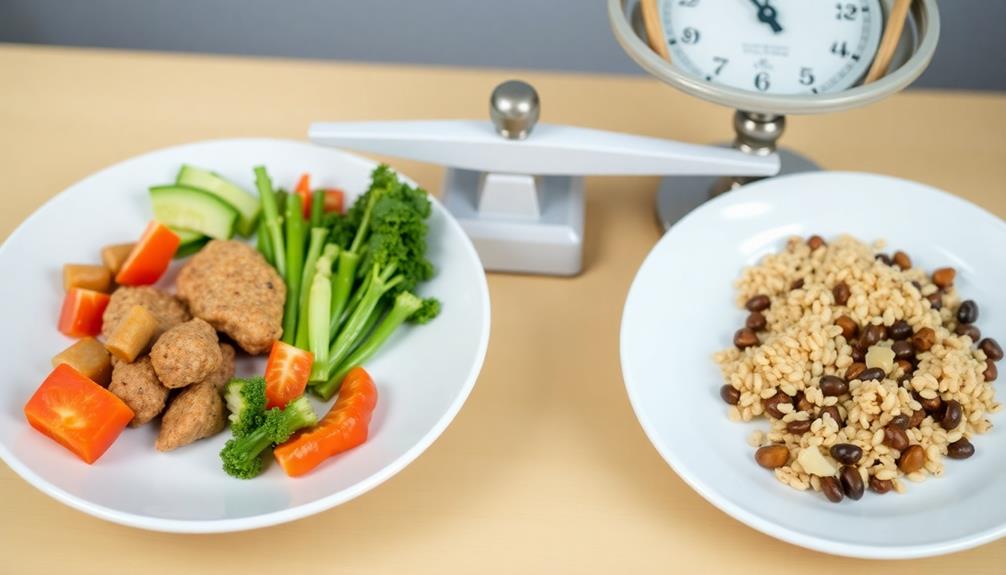
The macronutrient balance is quite different when cutting versus maintaining weight. During a cut, carbs are usually reduced while protein intake stays the same or goes up slightly. This helps keep muscle while losing fat. For maintenance, the approach is more balanced. In both cases, getting enough protein is key. Protein powders can provide 20-30g per serving to support muscle growth and recovery.
Typical macronutrient ratios:
Cutting: 40% protein, 30% carbs, 30% fat
Maintenance: 30% protein, 40% carbs, 30% fat
Adjust based on your individual needs and preferences
Common Mistakes to Avoid

Trying to lose weight? Watch out for these five mistakes:
1. Not tracking calories right
It's easy to underestimate how much you're eating. Track your calories carefully to avoid overeating.
2. Skipping protein
Protein helps you keep muscle while losing fat. Make sure to eat enough.
3. Crash dieting
Super fast weight loss never lasts. Aim to lose 1-2 pounds per week for long-term success.
4. Not exercising
Resistance training helps you maintain muscle. Don't forget to work out while dieting.
5. Being inconsistent
Stick with your plan even when it's hard. Consistency is the key to reaching your goals.
Adjusting Calories for Results

Changing your calorie intake regularly is key for steady weight loss. When you lose weight, your body needs less energy and fewer calories. To keep burning fat, you'll have to lower your calories every so often. Eating simple carbs after workouts can help restore energy and recover. This is important when cutting calories for weight loss.
Here's what to do:
- Weigh yourself and take measurements each week
- If you don't see progress for 2-3 weeks, cut calories by 5-10%
- Walk more each day before lowering calories again
- Don't eat fewer calories than your body needs
Start by making minor changes and let your body adjust. Healthy weight loss takes time. Talk to a dietitian or nutritionist if you need help figuring out how to change your calories. They can make a plan just for you and your goals.
Transitioning Between Approaches
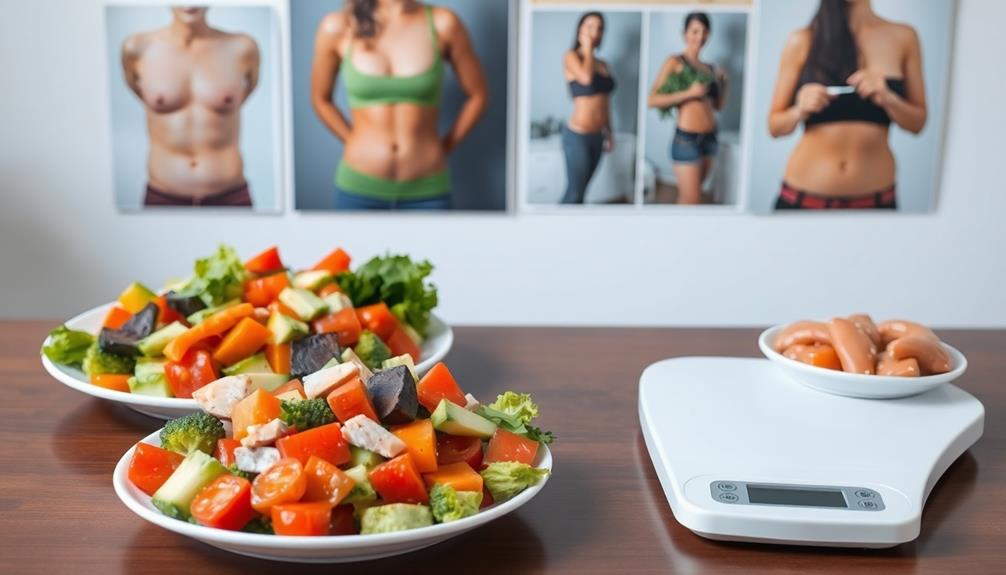
Changing from cutting to maintenance calories needs careful planning. Make small changes over time. Add 100-200 calories to your daily intake each week until you reach your maintenance level. This slow approach stops fast weight gain. It also helps your body get used to the change.
Follow this sample plan:
| Week | Daily Calorie Increase | Total Daily Calories |
|---|---|---|
| 1 | +100 | 1600 |
| 2 | +100 | 1700 |
| 3 | +200 | 1900 |
| 4 | +100 | 2000 |
| 5 | +100 | 2100 |
As you adjust, watch your energy, workouts, and body. You might need to make more changes based on how your body reacts. The goal is to find the right amount of calories to keep your body looking how you want it to.
Frequently Asked Questions
How Does Sleep Quality Affect Cutting and Maintenance Calorie Goals?
Poor sleep can disrupt your hormones, increasing hunger and cravings. This makes it harder to stick to your calorie goals. With good sleep, you'll have better appetite control and more energy for workouts, supporting your cutting or maintenance efforts.
Can Certain Medications Impact the Effectiveness of Calorie Cutting or Maintenance?
Yes, certain medications can affect your calorie cutting or maintenance efforts. They may alter your metabolism, appetite, or water retention. It's important you consult your doctor about potential impacts and adjust your diet plan accordingly.
How Do Hormonal Changes Throughout the Menstrual Cycle Affect Calorie Needs?
Your calorie needs fluctuate throughout your menstrual cycle. You'll likely need more calories during the luteal phase due to increased metabolism. During menstruation, you may experience cravings, but your overall calorie requirements won't change noticeably.
Are There Specific Supplements That Enhance Cutting or Maintenance Calorie Strategies?
You'll find supplements like protein powder, BCAAs, and caffeine can support cutting strategies. For maintenance, multivitamins and omega-3s are helpful. Remember, supplements aren't magic; they're most effective when paired with a balanced diet and exercise.
How Does Alcohol Consumption Impact Cutting and Maintenance Calorie Goals?
Alcohol can derail your cutting and maintenance goals. It's high in empty calories, disrupts your metabolism, and can lead to poor food choices. You'll likely consume more calories overall, hindering your progress in either phase.

